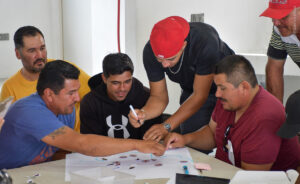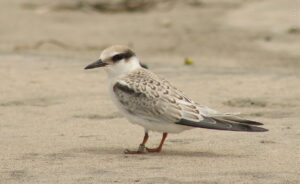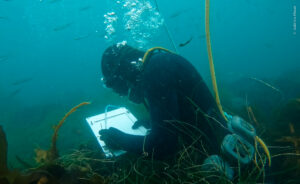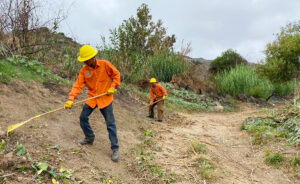Marine coverage comprises a large part of our work area in northwestern Mexico. The Mexican Pacific and Gulf of California occupy a vast expanse of oceanic waters fundamental to the region’s ecosystems, with abundant ecological services and a large quantity of fishery resources for the states of Baja California, Baja California Sur, Sinaloa, Nayarit, Jalisco and Colima.
The main conservation sites in the Pacific Northwest are the Revillagigedo Archipelago, Islas Marias, Islas Marietas and Isla Isabel. Let´s take a look at each of them.
The most remote site on the continent is the Revillagigedo Archipelago. Located 700 km west of Manzanillo, Colima, and 400 km south of Cabo San Lucas, Baja California Sur, this vast archipelago of volcanic origin was declared a Natural Protected Area in 1994. In 2008 it became part of the RAMSAR Sites that include the most ecologically significant wetlands in the world, and is considered by UNESCO as a Natural World Heritage Site. In 2008 the Revillagigedo Archipelago Biosphere Reserve was legally constituted and as of 2017 it is considered a National Park.
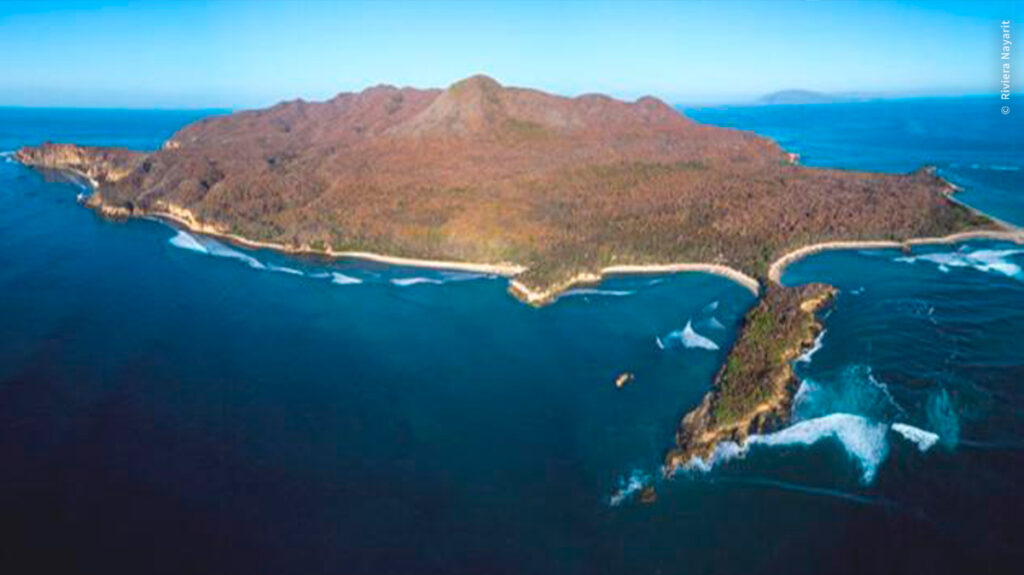
Meanwhile, Islas Marias, used for decades as a prison, opened a new page in its history in November 2000. That date the site was declared a Natural Protected Area with the category of Biosphere Reserve. Subsequently, in 2019 all prison activity ceased. The Islas Marias complex is integrated by Maria Madre Island, Maria Magdalena Island, Maria Cleofas Island and San Juanico Island. Some relevant species of the site are the Blue-footed Booby (Sula nebouxii), the Heermann’s Gull (Larus heermanni), and fish such as the Cortez Angel (Pomacanthus zonipectus) and the King Angel (Holacanthus passer), the latter subject to special protection under Mexican Official Norm NOM-059.
At the moment, we are working with authorities and allies to strengthen surveillance tasks in Islas Marias, in order to address and combat illegal fishing and other irregularities present at the site. We have also conducted reconnaissance work in the area to assess the damage to the reefs caused by hurricanes Willa in 2018 and Orlene in 2022.
Of the natural sites where we work in the Mexican Pacific, the closest to the coast are the Marietas Islands, just 9.5 kilometers from Punta Mita, Nayarit, and 36 kilometers from Puerto Vallarta, Jalisco. This site, a major tourist attraction, has been a RAMSAR site since 2004 and a National Park since 2005. In 2007 we collaborated with the National Commission of Natural Protected Areas (CONANP) to prepare the Islas Marietas National Park Management Program.
In Islas Marietas we worked with Paralelo 28, an initiative that involved tourism companies to raise funds from visitors through an exemplary model of environmental awareness that allows us to generate a funding system. As a result, visitors were able to contact the natural environment, strengthen their sense of belonging to the ecosystems and, at the same time, they are indirect benefactors of conservation efforts.
Approaching the northwest coast of Nayarit, just 46 kilometers from Santiago Ixcuintla, is Isla Isabel. Like Revillagigedo, Isla Isabel has been listed as a RAMSAR site since 2003. Considered a National Park since 1980, the island covers 98 hectares of land and has 11 hectares of coral reefs.
Reef restoration is one way to protect wildlife. In 2017, one of the most important tasks undertaken by our experts in Isla Isabel National Park began. We refer to the coral reef reforestation through the placement of more than 30 metal dome-shaped structures. These are placed adjacent to the reef and a fragment of coral is fixed to its structure, so that different species find shelter and food there, thus expanding its expansion. We collaborate with CONANP in this underwater reforestation work.
As vast as the ocean, is the challenge to conserve the Mexican Pacific. Be part of this adventure and collaborate with us.



